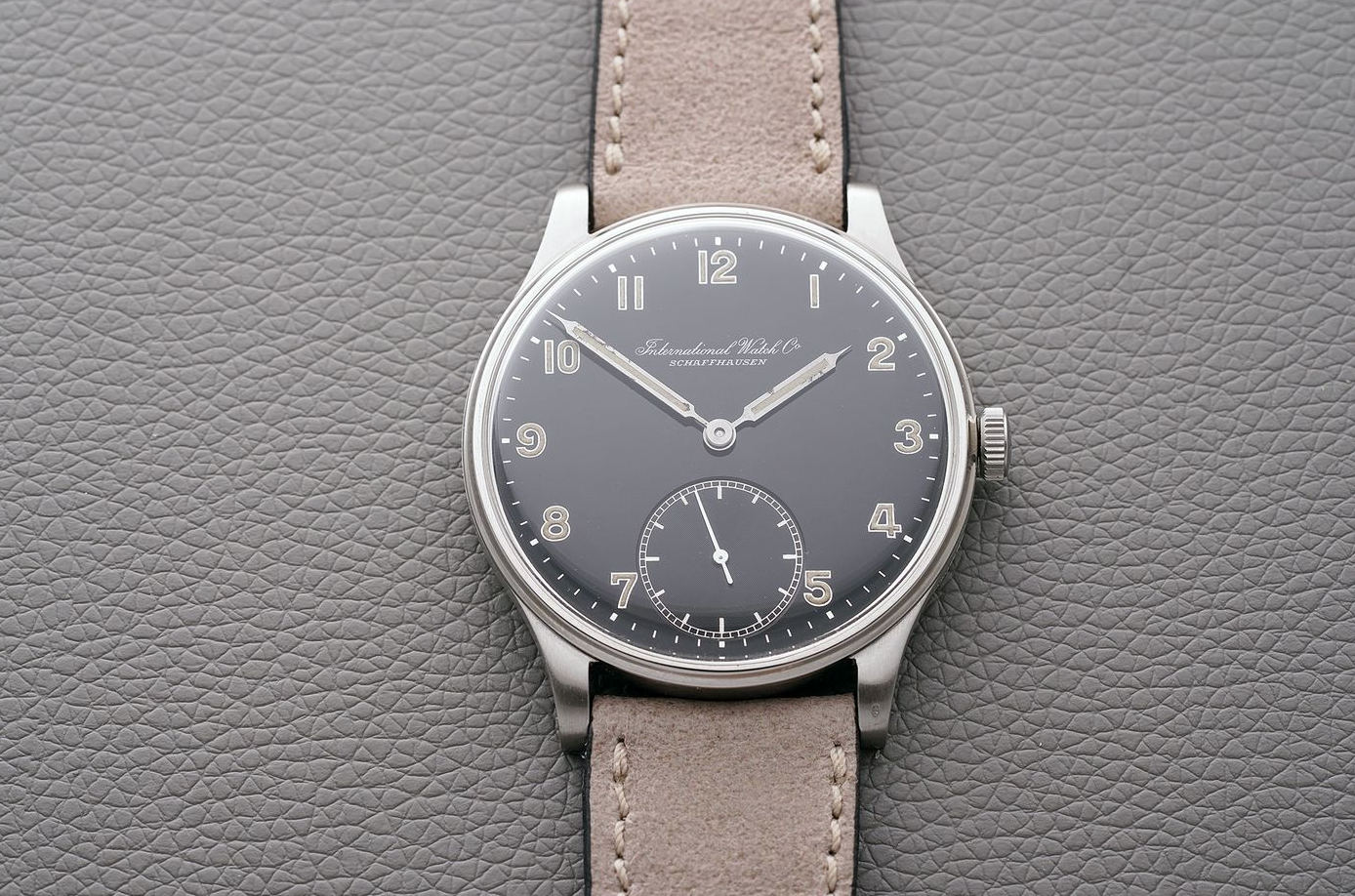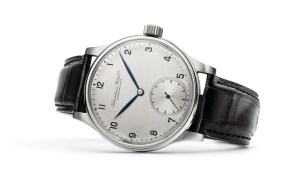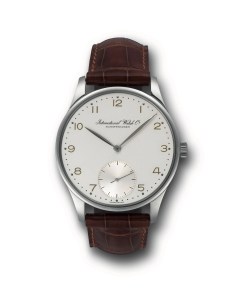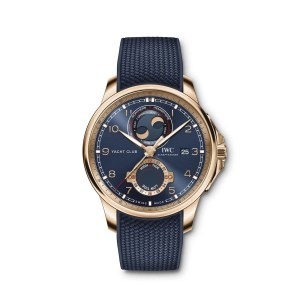Welcome to Watches You Should Know, a biweekly column highlighting little-known watches with interesting backstories and unexpected influence. This week: the IWC Portugieser.
The contemporary IWC Portugieser is not merely a watch, but rather an entire model line within IWC’s collection, with everything from chronographs to minute repeaters and perpetual calendars counted among its ranks. It is one of the stalwarts of the Schaffhausen brand’s collection and almost universally loved by watch aficionados for its clean, classic aesthetics, purity of design and fascinating history. And it all sprang from a single request from a singular watch market. Actually, make that two requests.
To understand the genesis of a Swiss watch named for an Iberian country, one needs to understand Portugal’s relationship with the sea. Since the dawn of the seafaring age, Portugal has been straining at the shore, ultimately bearing legion upon legion of sons who learned to navigate the cold waters of the Atlantic at the feet of their fathers and grandfathers. (Ever heard of Henry the Navigator or Vasco da Gama?)
Among the tools required for successfully navigating a ship is an accurate marine chronometer. While traditionally these were large affairs, mounted in position on a gimbal on the ship’s bridge, pocket watches began to take over as they became accurate and robust enough to perform navigation duty on their own. But wristwatches were newly in vogue when the clients of two Portuguese retailers — Rodríguez in Lisbon, and Teixeira, in Oporto — requested larger pocketwatch-esque timepieces from IWC.
In the 1930s, smaller, thinner calibers contained within rectangular, art deco-inspired cases were all the rage, perhaps as a reaction to the bulkier pocket watches which they supplanted. But regardless of the rationale behind this preferred aesthetic, smaller equaled better, and yet here were two Portuguese retailers asking for a larger wristwatch to meet the demands of their customers. Given IWC’s well-known history of building sturdy, accurate pocket watches, the manufacture was ideally situated to tackle this problem.
At first, IWC’s management was hesitant to take on this challenge since, after all, they had spent significant capital to develop movements and cases that were in keeping with the svelte zeitgeist of the time. But the brand had a history of doing things a little bit differently: IWC was the only manufacture in the German-speaking part of Switzerland and had been founded by an American who brought Boston pocket watch building know-how to Schaffhausen in 1868.
The Portuguese retailers were insistent. IWC gave in, and the so-called “Portuguesier” was born. Mind you, it wouldn’t actually be referred to as such until much, much later. In fact, the first version, which was delivered in 1939, was simply called “large wristwatch”, and by the standards of the time, it was positively enormous. This timepiece, rendered in stainless steel, measured in at a whopping 41.5 millimeters, with the movement consuming just over 38 millimeters of space within.



